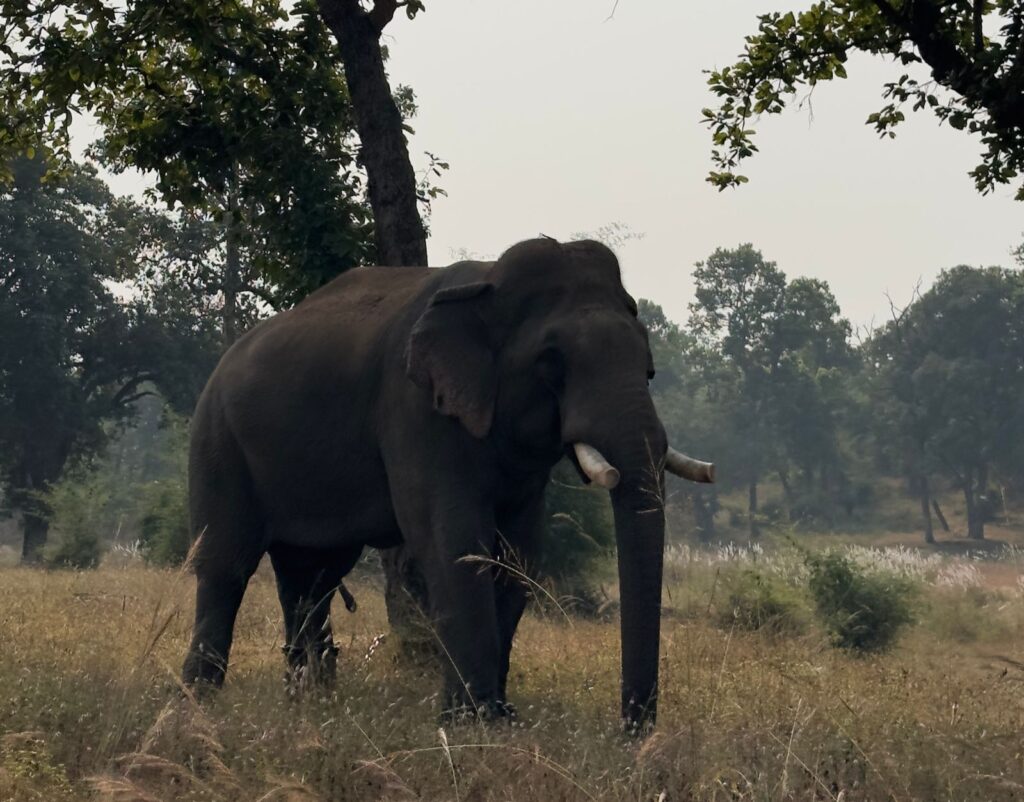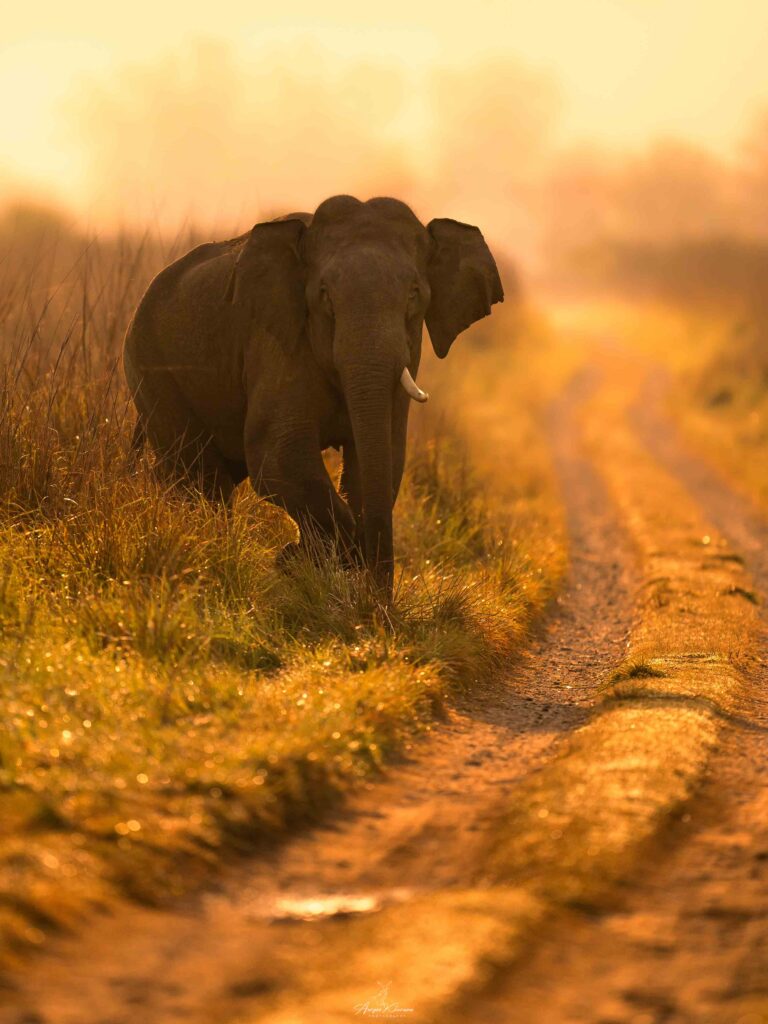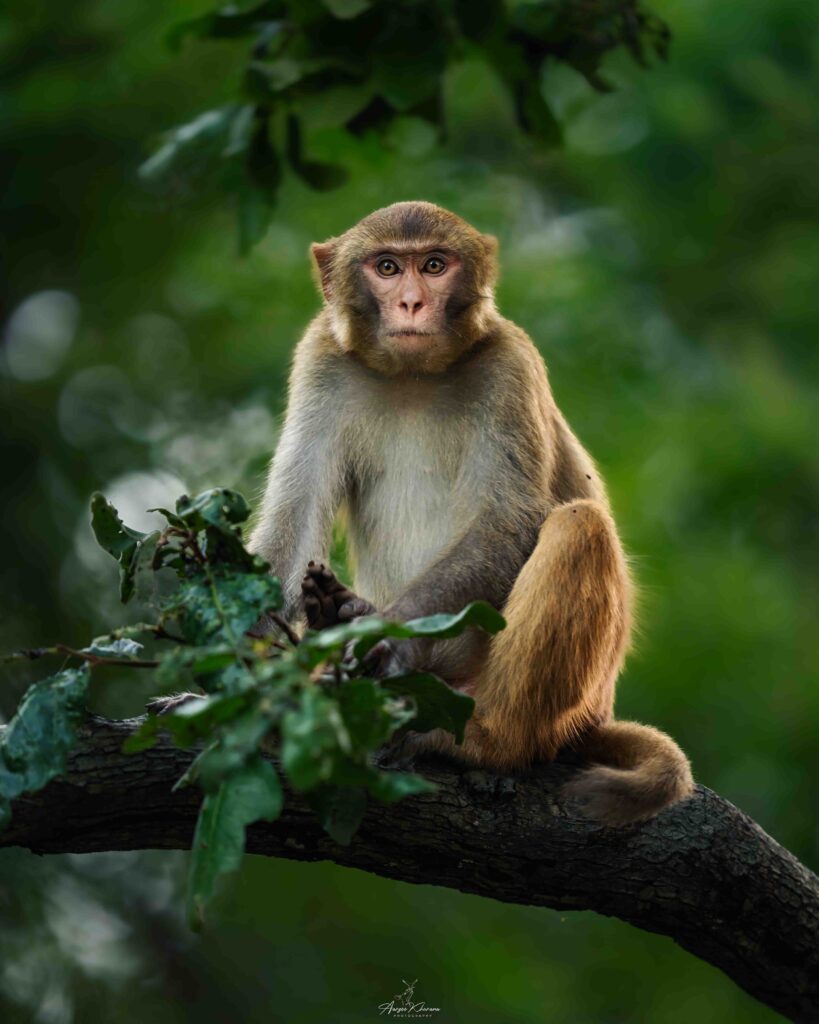Hierarchy is a social construct that has been present throughout history, and in the animal kingdom, it is a concept that shapes the way species organize and interact within themselves. From the majestic lions of the African savannah to the ants or small flies in your backyard, hierarchies are a common thread to sustain order, distribute resources, and guarantee the survival of the fittest.
Let’s explore the intriguing world of animal hierarchies and how they function.
The combination of age, size, strength, and social interaction establishes hierarchy in animals. Typically, the older and more experienced a species member is, the higher the position it holds in the hierarchy. For example, in a troop of chimpanzees, the strongest and oldest male often enjoys the highest rank and privileges.


Hierarchy in the animal kingdom can be classified into two groups: solitary and social. Most big cats and crocodiles are solitary creatures, forming hierarchies that center on dominance of territory or access to resources. On the other hand, social animals such as bees, ants, elephants, and primates construct hierarchical societies to define roles and responsibilities.
In animal communities, individuals in high-ranking positions often have a better chance of reproducing successfully. For instance, in a herd of elephants, the dominant male may have access to females ready to mate, increasing his opportunities to pass down his genes. This advantage ensures that the strongest and most suitable individuals make a greater contribution to the next generation.


Hierarchy in the animal kingdom reflects the advantages of social organization in terms of evolution. A group’s prospects of surviving and reproducing can be increased by cooperation, task division, and clear leadership. Hierarchies have therefore evolved as adaptive strategies to support species’ success in their specific environments.
While hierarchies play crucial roles, they also face challenges. Disputes, rivalries, and power struggles can arise within the hierarchy. These conflicts may lead to changes in the order as younger and more dominant individuals challenge the established hierarchy.

Hierarchies are the threads that weave the fabric of animal communities, whether it be preserving order within a wolf pack, assigning duties in an ant colony, or assuring the success of a lion pride. Understanding how animal hierarchies function illuminates the intricate and varied mechanisms that have developed to maintain the survival and prosperity of many species in the wild, in addition to offering insights into animal behavior.